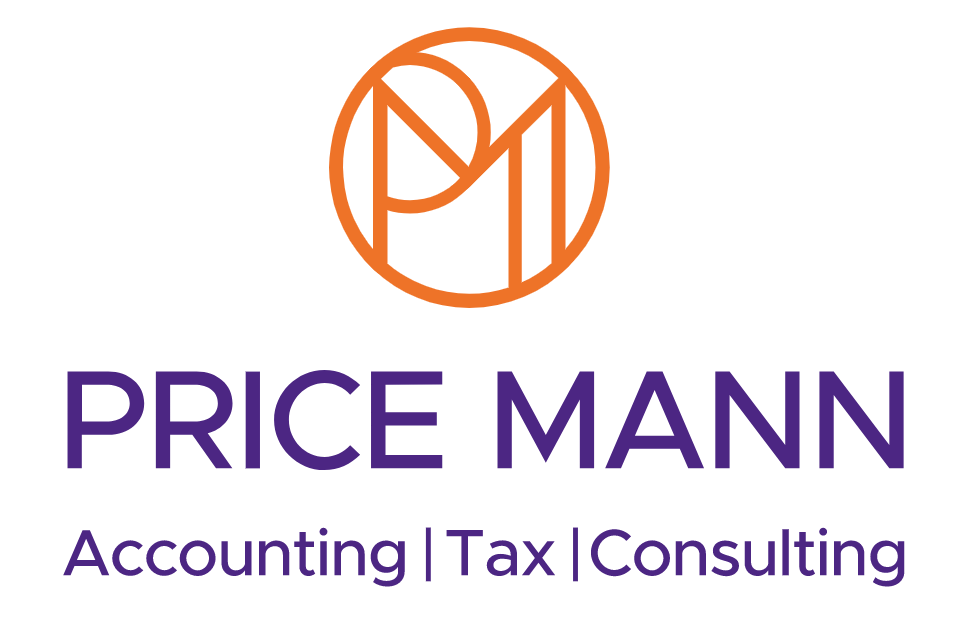Residence & domicile after Brexit How your status affects the amount of tax you pay.
For most UK citizens, the question of what income and gains should be included on their tax return is easily answered because they are both UK domiciled and UK tax resident.
Anyone domiciled and resident in the UK will need to report their worldwide income and capital gains on their return. However, what happens if you are either non-UK domiciled (non-dom) but UK resident, or UK domiciled but non-UK resident?
In these circumstances, different rules apply and the last four years have seen considerable change to tax legislation in this area as the Government seeks to expand the scope of what can be taxed within the UK.
Non-doms make a significant contribution to UK tax revenues, but their numbers are falling. The decline of this small but significant group of UK taxpayers has been partly attributed to tax changes surrounding ‘deemed domicile’, which made their status in the UK less attractive.
Brexit uncertainty has also led some to reconsider whether the UK remains an attractive base for them and their finances, or whether they should move to a different European country.
But it is not just these wealthy non-doms for whom Brexit has caused a rethink.
There are a significant number of UK citizens who now live abroad, whether temporarily on work contracts or who have permanently relocated.
More Britons than ever before decided to make Portugal their permanent home, with 2020 seeing a 34% rise in those living there, according to the latest data from the country’s borders and immigration service.
Now that we have left the EU, UK buyers in Portugal qualify for a ‘golden visa’ – which allows visa-free travel throughout Europe.
Coupled with Portugal’s non-habitual resident tax scheme, which offers foreigners low income tax rates for those able to spend at least half the year there, this is thought to have prompted more UK residents to make the move.
In most cases, non-doms leaving the UK are no longer liable to UK tax. However, for those leaving the UK who are domiciled in the UK, it is not as straightforward.
UK-domiciled taxpayers
Someone who is domiciled in the UK is an individual whose permanent home is in the UK. That person may have more than one tax residence, but they can only have one domicile at any given time.
Everyone has a domicile, which they acquire at birth, normally from their father. This will not always be the country of birth or the country they currently live in.
You can change the domicile of origin acquired at birth to a domicile of choice once you are over 16, but such a change can be difficult to prove to HMRC.
Your domicile is usually the country which you consider to be your permanent home, but working out which country you are domiciled in can be complex.
As it is up to you to determine your own domicile status and with big amounts of tax often at stake, it is wise to seek professional help to determine your position.
To further complicate the issue, from 6 April 2017, changes to UK tax law meant that an individual resident for tax purposes in the UK for 15 out of the last 20 tax years is ‘deemed domiciled’ for the UK’s personal taxes.
Domicile is significant because it can have a bearing on your liability to UK income tax, capital gains tax and inheritance regardless of where you actually reside.
Anyone moving abroad from the UK might find they are no longer considered UK tax resident but are still treated as UK domiciled.
Becoming non-UK tax resident
Your tax residence status can change each tax year and even part way through a tax year.
Since 6 April 2013, UK tax residence status has been determined by the statutory residence test, which contains four components that need to be considered each tax year. These are:
- how much time you have spent in the UK in a tax year
- automatic overseas test
- automatic UK test
- sufficient ties test.
In the simplest terms, you will be considered a non-UK resident for tax purposes if you meet the automatic overseas test.
You will, however, be considered a UK resident if you do not meet the automatic overseas test and you meet one of the automatic UK tests or the sufficient ties test.
If you spend more than 183 days in the UK in a given tax year, you would usually be considered a UK resident.
The statutory residence test is complex, however, so come to us for help with correctly determining your residence status should you need it.
UK domiciled, non-UK resident
Regardless of your residence or domicile, income arising in the UK is usually taxable in the UK. If you are non-resident, your foreign income is generally out of scope of UK tax.
However, tax treaties are in place between the UK and other nations which determine how certain types of income must be dealt with where you reside.
Many people who have left the UK own residential properties in the UK, which they rent out in their absence. Any profits arising from the letting of these properties are subject to UK income tax, regardless of tax residence status.
Letting agents are required to deduct a withholding tax to cover any potential tax due, but this can be the incorrect amount and in many cases will be too much.
An election can be made to become a non-resident landlord with HMRC. Where such an election is made, rents may be received without deducting withholding tax, as long as you report the income via a self-assessment tax return.
In general, a non-resident person is not liable to capital gains tax in the UK – even on assets situated in the UK unless they are used in a trade here. However, this is subject to a number of exceptions and it is wise to seek advice before disposing of any assets so you don’t trigger an unnecessary tax charge.
Your tax resident status can also affect your entitlement to UK income tax and capital gains tax allowances and exemptions. However, you will still be entitled to a personal allowance in the UK each year if any of the following apply:
- you hold a British passport
- you’re a citizen of a European Economic Area (EEA) country
- you’ve worked for the UK Government at any time during that tax year.
You might also be eligible for the allowance if it’s included in the double-taxation agreement between the UK and the country you live in. If you’re not a UK tax resident, you will have to claim the personal allowance at the end of each tax year in which you have UK income on form R43.
In the UK, when someone dies, domicile is a key factor in assessing their estate's liability to UK inheritance tax.
For someone who is UK domiciled, on their death, their worldwide assets will be subject to assessment in the UK, regardless of their tax residence status.
It’s possible to be considered a tax resident in more than one country at the same time, therefore, it’s possible to be subject to tax on the same income and gains in more than one country.
Usually when this occurs, you will not necessarily have to report the income or gains on the tax returns of both countries because most countries have tax treaties to set out in which country you should be taxed on any source of income.
Where such a treaty does not exist and tax is paid in both countries, the UK usually allows you to credit the foreign tax paid on that income against the tax due in the UK on that income.













